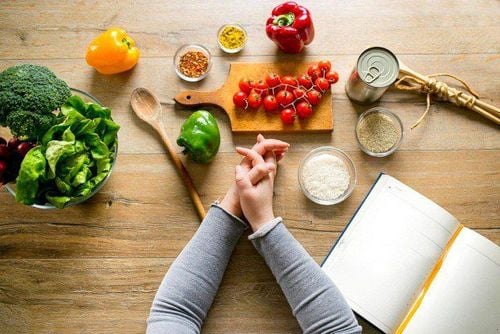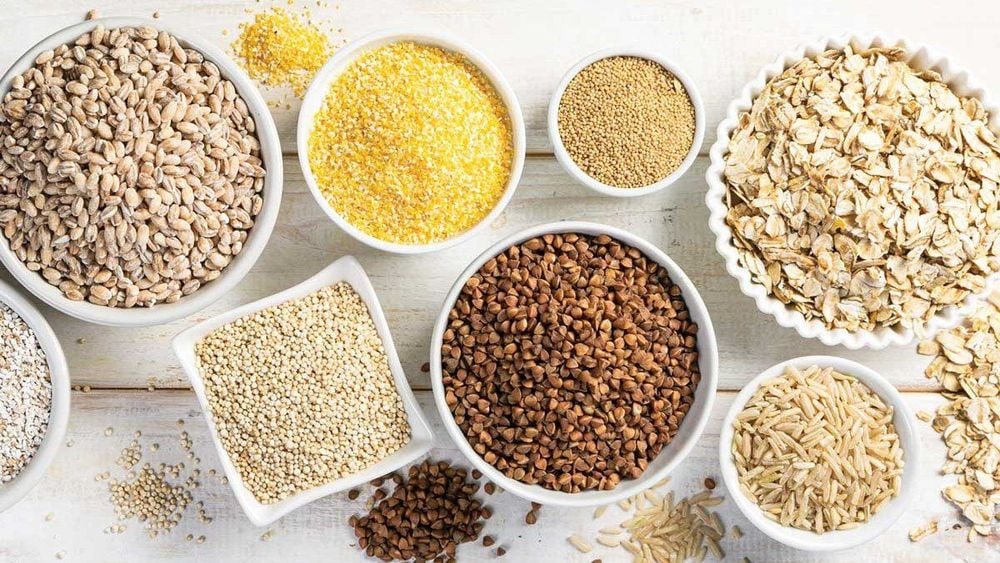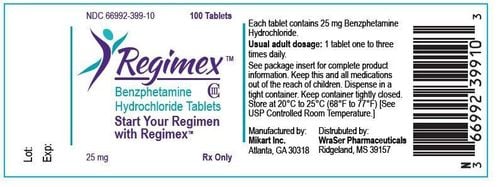This is an automatically translated article.
The selection of food needs to pay attention to factors such as: freshness of food, nutritional composition, safety, no chemical contamination and limited use of preservatives. However, in order to build a healthy meal, you need to ensure the criteria when using food of your choice. This article will make this issue more clear.1. What are discretionary food options?
Certain foods and drinks don't fit into the five food groups because they're not essential to a healthy diet and are too high in saturated fat and/or added sugar, added salt or alcohol, and low in fiber. . These foods and drinks can also contain too many kilojoules (energy). Many people tend to have low levels of essential nutrients, so they are often referred to as energy-rich but nutrient-poor foods. The point is that they can replace other, more nutritious foods. In addition, the higher the kilojoules, saturated fat, added sugars, added salt and/or alcohol they contain, are associated with an increased risk of obesity and chronic diseases such as heart disease, stroke, and diabetes. type 2 sugar and some forms of cancer.It is very easy to have too much and too much of these foods and drinks in the daily ration. If you're trying to lose weight, it's hard to include these foods in your diet for weight loss goals. However, for people in the normal weight range, these foods and drinks can sometimes, in small amounts, make eating more varied and enjoyable. These 'optional' foods and drinks are known as 'discretionary food choices'.
'Optional' food and drink including sweet cookies, cakes, desserts and cakes; processed meats and salty/fatty sausages; sweetened condensed milk; ice cream and other ice candies; confectionery and chocolate; savory pastries and pies; burgers with a high fat and/or salt content; commercial fried foods; chips, crisps and other fatty and/or salty snack foods including some salty crackers; cream, butter and muffins are high in saturated fat; sugary soft drinks and alcohol, sports and energy drinks and alcoholic beverages.
What foods are included in this category? Foods with high added sugars:
Energy drinks Fruit drinks Honey Jams, marmalades Some sauces Sugar Sugar confectionery Sugar soft drinks and alcohol Soft drinks Syr

Bạn nên lựa chọn thực phẩm cẩn thận khi có ý định giảm cân
Bacon, ham Butter, cream, buttermilk Some tacos, nachos, enchilada Thin-sliced potato snack Frankfurts milkshakes Pies Pastries Pizza Potatoes fried Quiche Salami / mettwurst Some types of processed meat Some sauces / sauces Spring rolls Foods high in added fat and sugar:
cookies Cakes Chocolate bars Milk desserts Donuts Ice cream Ice cakes Muesli bars Puddings Some confectionery Some sauces/sauces Sweet muffins Pastries Pastries and crumbs High alcohol foods:
Beer Liqueurs Mixed alcoholic beverages Fruit wines Xeret Spirits Wines
3. What is discretionary food ration?
One 'serving' of discretionary, energy-dense food contains 600kJ. To find out what percentage of a particular discretion food will be, you can use the nutrition facts panel to find out how much of a product will contain 600kJ.For example, one serving of these discretionary foods providing about 600 kJ is:
2 scoops (75g) plain ice cream 1⁄4 cups condensed milk 50-60g (about two slices) processed meat, salami , mettwurst 1 1⁄2 thick or 2 salted/higher fat sausages thinner than 30g saltine crackers (a small package served individually) 2-3 sweet biscuits 1 (40g) donut 1 slice (40g) cake regular or mini muffin 40g sugar confectionery (about 5-6 small candies) 60g jam/honey (about 1 tbsp) 1/2 small bar (25g) chocolate 2 tbsp (40g) ice cream 1 tbsp soup (20g) butter or hard margarine 200mL (2 standard drinks; note this is usually 1 glass for many Australian wines) 60 mL spirits (2 standard drinks) 600 mL light beer ( 11⁄2 standard drinks) 400 mL regular beer (11⁄2 standard drinks) 1 can (375mL) soft drink 1/3 (60g) meat pie or pastie 60g hot fries

Ngũ cốc nguyên hạt là lựa chọn tuyệt vời để bổ sung vào thực đơn ăn uống
4. How to choose foods to fit into a healthy diet
Some people require extra servings, for example those who are taller and more active, and these people can sometimes include extra servings for discretionary foods. It is best that these extra servings come from the five food groups, especially whole grains, vegetables including legumes/beans, and fruit. However, they can also sometimes include optional foods.If you are trying to lose weight, you are more likely to succeed if you limit discretionary foods as much as possible, as they contain many kilojoules but are low in essential nutrients. There are many ways to cut back on discretionary foods, including; Swap them out for foods from the five food groups, plan to eat out and eat more "consciously" and limit portion sizes.
Please regularly follow Vinmec website (www.vinmec.com) to update useful health care information and leave information when you need medical advice and support!
Please dial HOTLINE for more information or register for an appointment HERE. Download MyVinmec app to make appointments faster and to manage your bookings easily.
Reference source: eatforhealth.gov.au












